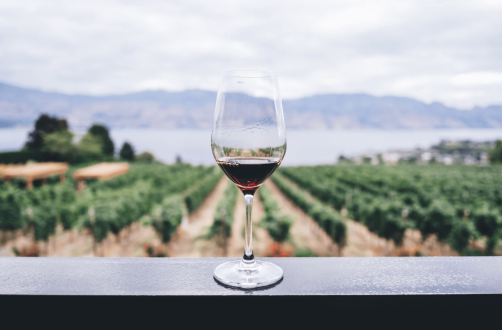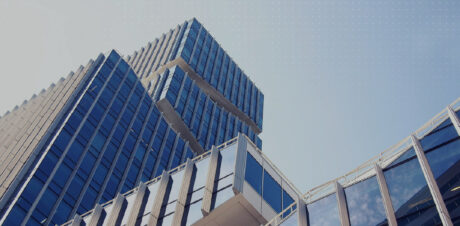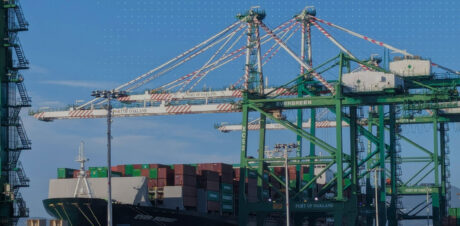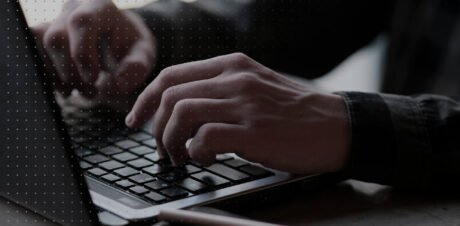Recent law enforcement investigations make clear that counterfeit wine production and distribution is a multi-billion dollar global problem. With frequent product seizures across Southern Europe and trademark infringement suits brought against suppliers in East Asia, wine fraud can affect buyers of all kinds — from casual online shoppers to collectors buying from estates at auction houses.
In the wine industry, integrity risk assessments may mirror standard due diligence practices for consumer products or they may require specialized appraisals to assess quality and characteristics. In either case, a comprehensive risk-based approach is key.
When most people think of counterfeit goods, luxury brand handbags, sneakers, and cigarettes often come to mind. But since the dotcom boom in the early 2000s, the high-end wine market has seen a steady expansion of its customer base — including new, young collectors willing to spend large sums to make a name for themselves. With so many new buyers and the recent shift to online retail and auctions for the luxury market, it is important to consider best practices for verifying high-end wine to prevent the purchase of counterfeits.
Counterfeit wine and false labels in Italy, Spain, New Zealand in 2020
On Jun. 30, 2020, Italian NAS Carabinieri of Florence supported by Europol conducted raids in eight provinces to take down a wine counterfeit network in Italy. Premium wine bottles — empty from use and gathered in restaurants by food industry employees — were refilled with low-quality wine, sealed with corks and different color capsules, and sold under the original labels. The wine was sold to unassuming customers on eBay in Belgium, France, Germany, Italy, Spain, and the United States.
Just a few months earlier, Italian authorities carried out raids across the country related to a wine fraud operation where a Lombardy winery produced and sold more than 130,000 cases of counterfeit wine. Staff reportedly altered invoices and created an extra 1.2 million liters that did not meet official quality standards and used non-certified grapes — the wine was then bolstered with additives including sugar, water, aromatics, and carbon dioxide for effervescence.
In Spain, two of the country’s largest wine companies are currently under investigation for allegedly using false DO labels (denominación de origen), a regulatory classification system for Spanish wine and food used to designate quality and geographical origin.
A New Zealand-based wine company and its staff were convicted of fraud in March 2020 after selling thousands of bottles with false and misleading labels — charges of non-compliance with industry standards include “inter-regional and inter-vintage blending,” lack of traceability to vineyards, and export ineligibility.
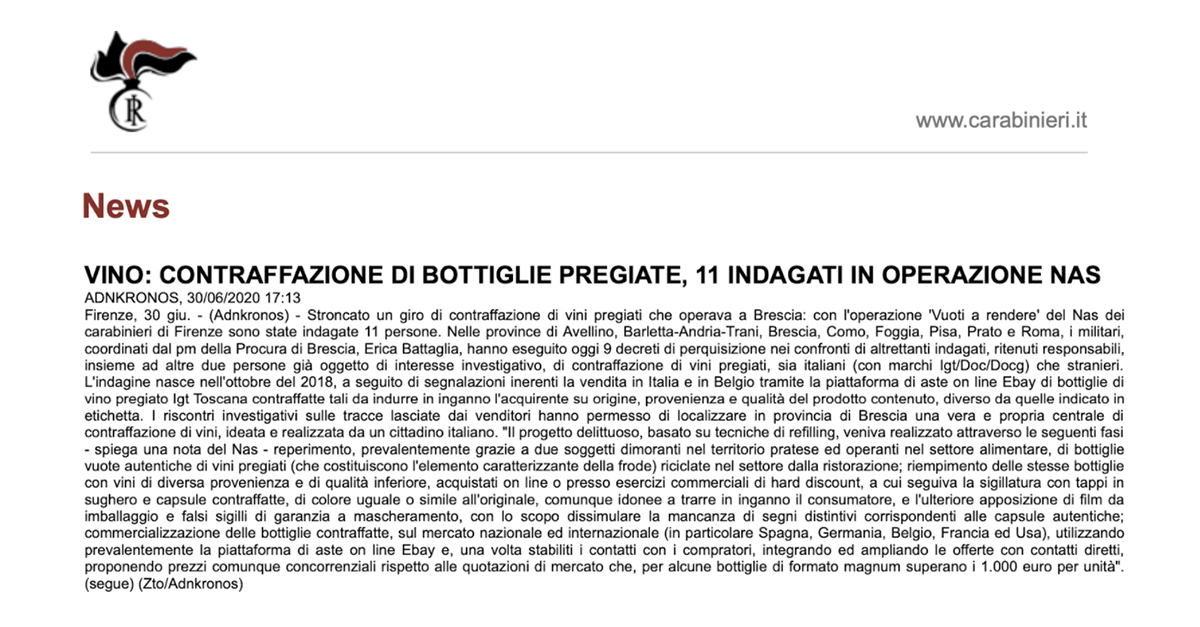
Fig. 1: Jul. 30, 2020 announcement from Italian NAS Carabinieri of Florence (Arma dei Carabinieri) on the investigation of 11 individuals in connection with a counterfeit wine operation across eight provinces.
Risk/reward in the wine industry
Wine fraud is a far-reaching issue — and not only for collectors, connoisseurs, sommeliers, and vintners. Even in uncertain times, fine wine is considered a reliable store of value like gold or gemstones. For those with significant disposable income, high-end wine offers an investment opportunity — but it is not without its own unique risk factors to consider.
For the production and sales side of the wine industry, risk considerations involve brand protection and enforcement, and intellectual property rights including trademarks for branding, labels, production, and appellation of origin, copyright, production technique patents, and trade secrets.
For collectors, buyers, and traders, provenance and product integrity are of the utmost importance. This takes into consideration the conditions of sourcing, lifecycle, and storage, alongside corresponding documentation for each bottle.
For law enforcement and export control agencies, verification and traceability are notoriously difficult to assess. Tracking wine through an auction house or e-commerce site by way of seller and cellar and back to the production line can be a particularly convoluted process.
Intellectual property infringement and billions in lost sales
China was the biggest consumer of red wine in the world and the top export market for Bordeaux as of 2015, according to AFP. In April of this year, the Bordeaux Wine Council (CIVB or Conseil Interprofessionnel du Vin de Bordeaux) won a precedent-setting case in a Shanghai court against a Chinese company for trademark infringement. The CIVB found that Penglai Yunque Chateau in Shandong sold bottles labeled Bordeaux, misusing the trademark and falsely claiming to be direct imports from the region.
Geographic Indications (GIs) are exceedingly important in the wine industry. GIs are legally protected intellectual property, according to the World Intellectual Property Organization (WIPO). GI markings allow for tracing and verification of wine, ensuring regional production standards are met, characteristics and quality are consistent, and reputation is upheld. GI products indicate to consumers that the supply chain from vineyard to customer is intact and tamper-free. A GI right also enables those with the right to challenge or prevent GI usage by a third party “whose product does not conform to the applicable standards.”
The European Union Intellectual Property Office (EUIPO) explains in a report on Intellectual Property Right (IPR) infringement, “consumers are often willing to pay a higher price for such products, compared with non-GI corresponding products. Therefore, if the product in question does not comply with the GI specifications, the consumer is deceived.” IPR infringement resulted in the direct and indirect loss of more than $5 billion euro in the wine and spirits sector in the EU between 2013-2017.
In addition to registering for trademarks in various jurisdictions and actively watching the market for counterfeit products and IPR infringement, wine producers can use other preventative measures to fight against fakes. This includes monitoring e-commerce websites and trade fairs, and employing traditional due diligence practices (including trademark surveillance and monitoring registries) to determine if individuals and companies are attempting to register for similar trademarks or otherwise infringe on product rights. Public records like legal announcements, intellectual property applications, property registration, and company data can offer essential information.
Rudy Kurniawan — the largest wine counterfeit scandal in history
For many, wine fraud was introduced by way of Sour Grapes, a 2016 documentary about the Rudy Kurniawan scandal. Bill Koch, the American billionaire, famously helped spur the United States Department of Justice (DOJ) investigation into Kurniawan’s personal wine collection after Koch hired private detectives to investigate the provenance of fake bottles in his own collection.
From 2004-2012 Kurniawan “mixed and blended lower-priced wines so that they would mimic the taste and character of rare and far more expensive wines. He then poured his creations into empty bottles of rare and expensive wines that he obtained from various sources and created a finished product by sealing the bottles with corks and outfitting the bottles with counterfeit wine labels he created,” according to the DOJ press release.
Kurniawan was sentenced to 10 years in prison for selling millions of dollars of counterfeit wine — he is the first person in U.S. history to be convicted of wine fraud. Additionally, Kurniawan was ordered to forfeit $20 million and to pay nearly $30 million in restitution to his victims.
The film claims there may be as many as 10,000 Kurniawan counterfeit bottles still remaining in private collections around the world.
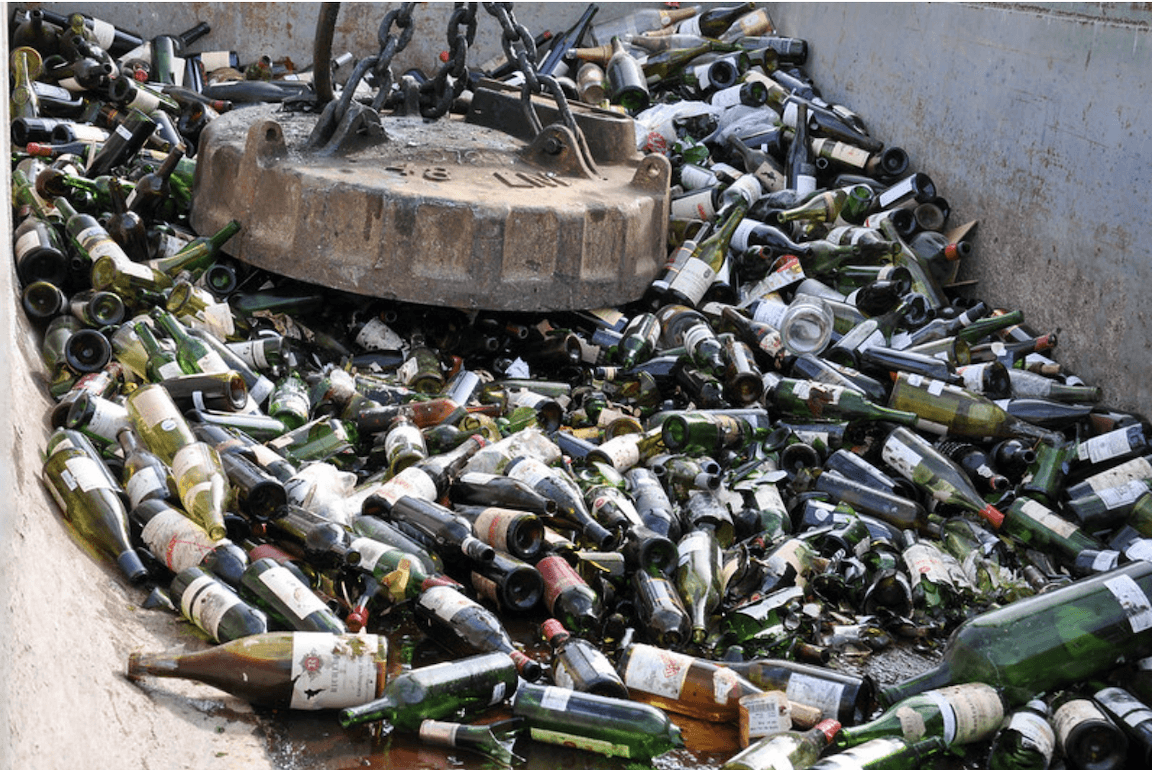
Fig. 2: More than 500 bottles from Rudy Kurniawan’s private collection were destroyed by U.S. Marshals at a Texas landfill in Dec. 2015. (Photo: U.S. Marshals, Office of Public Affairs)
Auction houses host live-stream bidding; online sales skyrocket by millions
Increased demand for alcohol purchases online by collectors and average consumers alike facilitates the shipment of wine to any location. After the Kurniawan scandal, e-commerce sites stepped up internal investigations to help weed out counterfeits. But as we can see from the most recent Italian seizure involving sales on eBay, there is still much work to be done to decrease fraudulent sales especially in light of the uptick in counterfeit sales of many consumer products since the beginning of the coronavirus crisis.
Auction houses — a traditional forum for buying and selling collectible and high-end wine — have moved online as a result of coronavirus shutdowns. According to Wine Spectator magazine, Zachys, Acker, Merrall & Condit, and Sotheby’s report demand for collectible wines is strong even without in-person bidding. In fact, client bases are expanding.
In May 2020, Zachys’s virtual auction room had bidders from 20 countries and raised more than $3.3 million. Acker raised an estimated $3.7 million in sales with “25 percent more bidders than similar events last year that included in-person bidding” and it now hosts weekly web auctions. In June of last year, Sotheby’s online sales totaled $2 million. By May of this year, online auction sales quadrupled — they were estimated to reach nearly $8 million. Sotheby’s also reports that 30 percent of the lots went to first time bidders.
Auction houses uphold internal vetting processes to ensure buyers can afford the items they bid on, whether by in-person or online bidding.
How to spot fake wine
These are just a few things to pay close attention to when examining high-end wine:
- Labels – quality, coloring, and texture of the paper | label aging | printing accuracy and quality
- Inkjet printers instead of plate press or hand-written | changed numbers in production date | too-modern coating agents, glue, and chemicals
- Cork and Bottle – coloring | staining | branding | weight | materials used
- Contents – no additives like sugar, carbonation, or chemicals | proper amount of sediment
How to verify supplier and provenance
Preventing wine fraud, like combating illegal trade and counterfeit of other commodities, requires a combination of common sense indicators and thorough investigation.
Detecting fakes may initially rely on sensory clues like sight, taste, and touch. As a second line of defense, best practices for authenticating high-end wine incorporate some traditional due diligence such as Know Your Business (KYB), supplier verification, supply chain risk mitigation, and IPR enforcement. While specialized appraisals and verifications may be required for high-end wine, a comprehensive risk-based approach is necessary for buyers and sellers.
